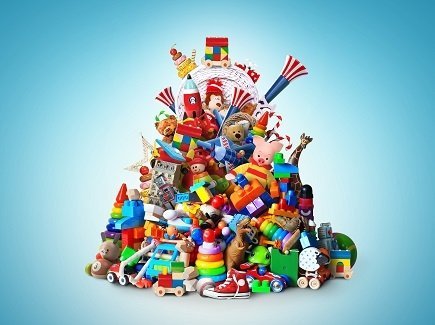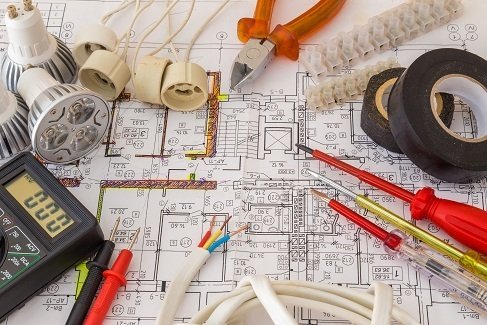To many, STEM and Theatre seem dramatically different, pun intended.
STEM disciplines are based in the strictly factual and measurable, while theatre is an art based on illusion and effect. Theatre depends tremendously on STEM, however, and many STEM fields could benefit from borrowing theatre’s techniques to communicate and promote their advances and principles.
STEM in Theatre
Anyone who has participated in a high school play knows that the technical side of a production can be as demanding, if not more so, than the action on stage. Memorizing lines and finessing blocking challenges actors and directors, but any play, revue, or even one-act depends on highly trained technicians whose work is increasingly based on STEM principles.
Lighting, sound design, set building, and other aspects of theatre depend on technical staff and volunteers with strong bases of knowledge in STEM. Knowing how to paint a flat or carry props and sets on and off stage does not suffice in college and professional theatre, when large productions depend on skill sets as diverse as engineering, physics, and chemistry. Complex sets, effects like fog and false fire, and lighting that is as technically reliable as it is artistically striking are the kinds of details that define a professional theatre production. These are all bases of knowledge both STEM students and theatre students start developing in high school, and the bases of transferable skills overlap even more than specific facts.
While it makes sense that understanding chemical reactions, principles of engineering, and technological systems ranging from soundboards to mechanical sets’ controls is necessary for theatre, few people might assume that the skills students learn in a high school play or a theatre class can be just as useful in a STEM lab or classroom. The core principles of theatre – effective communication, preparation, and improvisation – apply in STEM fields as well, and can make learning them and advancing the field easier.
Bringing Theatre to STEM
Many college professors and employers complain that STEM students rely too much on hard research and not enough on their ability to communicate it to a variety of different audiences. Theatrical training or even just thinking more of the needs of an audience can help students avoid this deficiency. On a very simple level, practicing presentations, regarding teachers, students, and classmates as audiences whose attention needs to be held, and paying attention to small aesthetic details can improve a science fair presentation or discussion of ideas in a seminar. On a discipline-wide level, learning to play to varying audiences and communicate at different technical levels can help make STEM fields more accessible to the general public.
Any STEM student understands the importance of material and intellectual preparation for a test or a research project, but fewer may consider the importance of flexibility and improvisation. Theatre students are taught from the earliest parts of their careers to improvise, practicing this skill in impromptu drills and classes, so that they are prepared to respond to any situation as it arises on stage. A level comfort with improvisation helps STEM students feel comfortable taking more risks; the knowledge that they can adapt to a changing situation as it evolves makes them more confident as well as more capable.
Check out these other great hobbies that can help with STEM.






Leave A Comment
You must be logged in to post a comment.